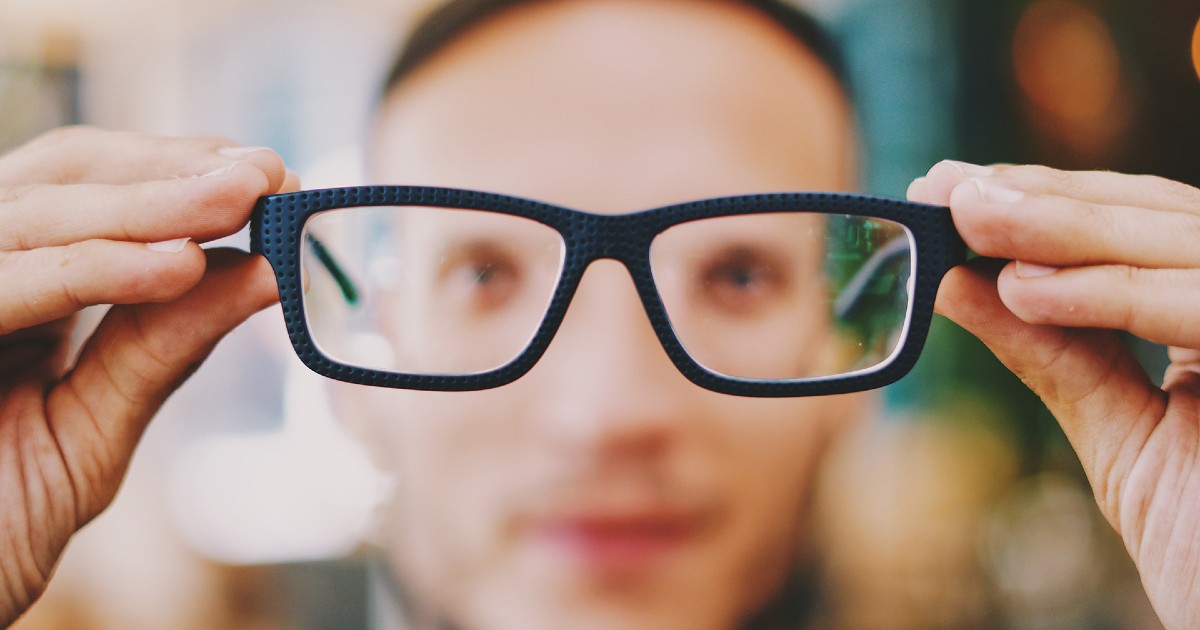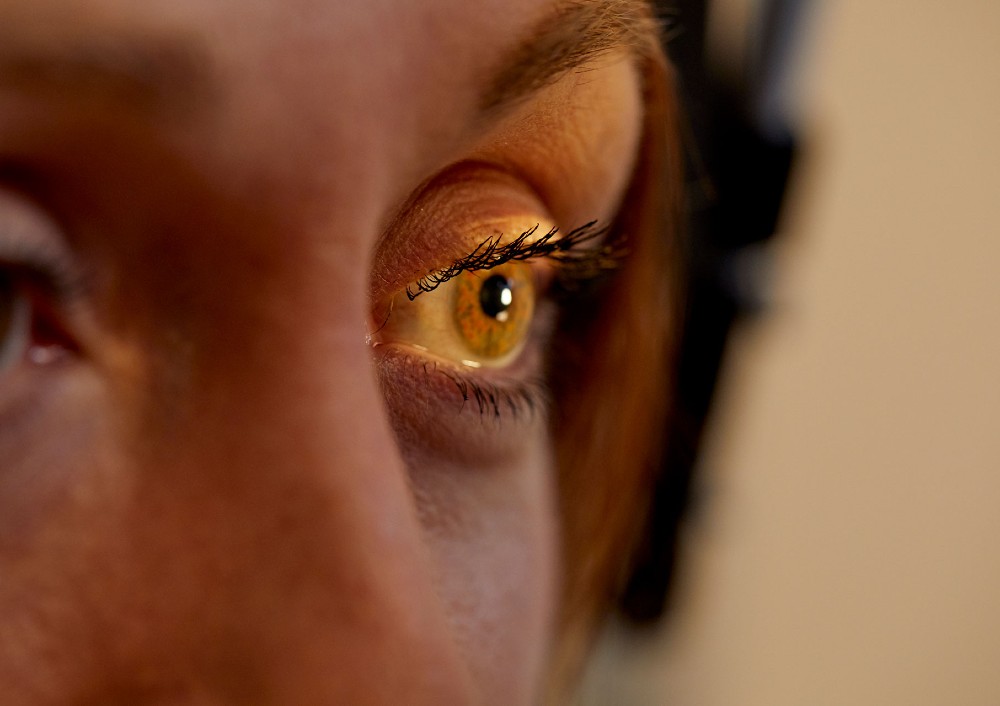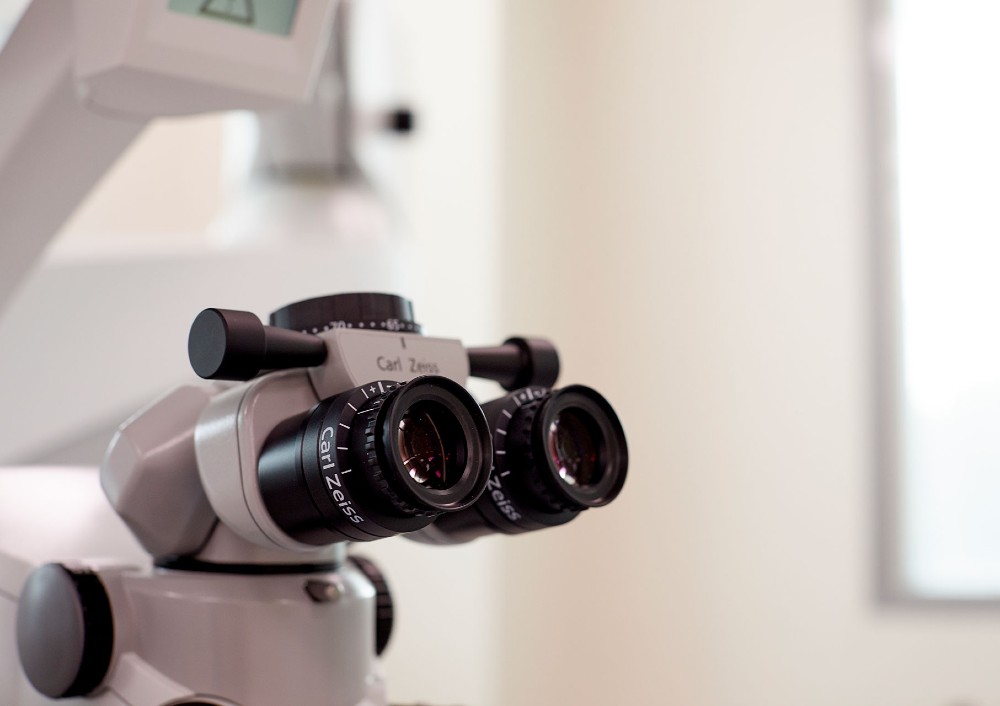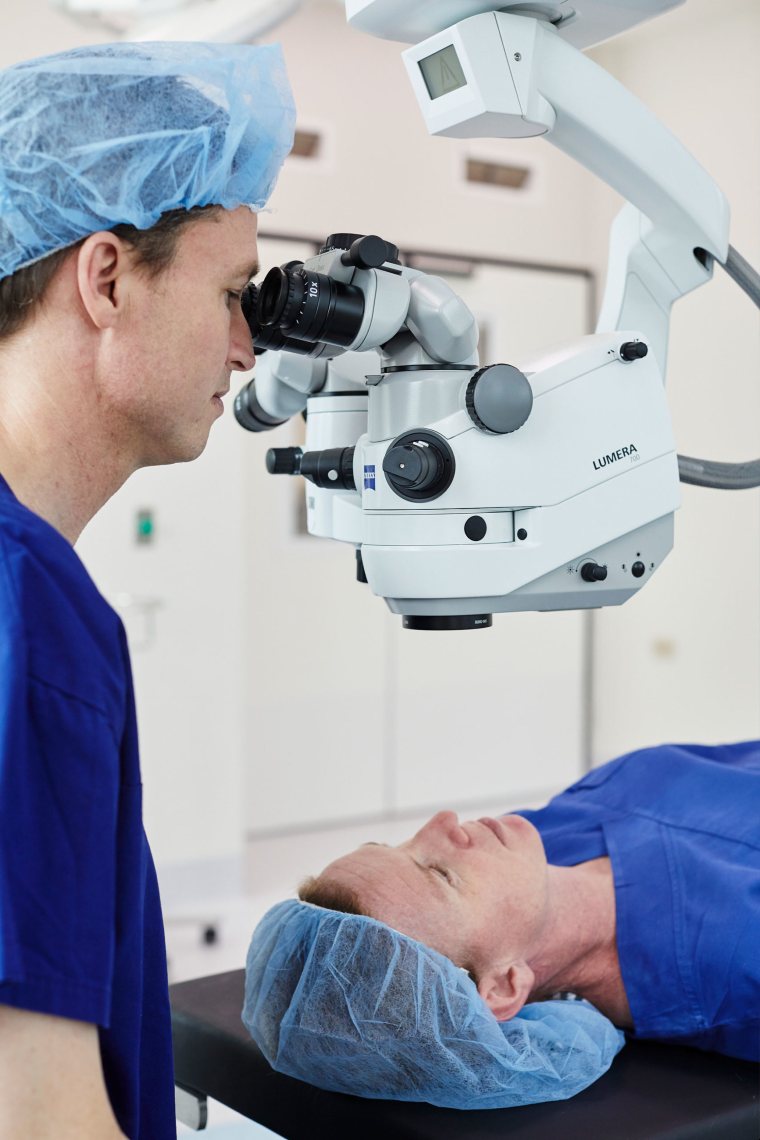Dr Ben Connell values only using the latest technology and equipment to provide the best possible vision. You may also have specific circumstances or concerns. We have the experience to address these. Below are some specific circumstances which we frequently encounter although your own may not be included, we are very confident we will be able to address them.
For most patients, Cataract Surgery provides clearer day to day vision. This varies from patient to patient, it might mean being able to drive a car more confidently and safely, read more comfortably and for longer periods, or see the subtitles on television clearly. For many patients they also enjoy less requirement for glasses for day to day activities. The benefits vary from patient to patient, we would be very happy to discuss these at your consultation. We look forward to being able to explore these options with you.







